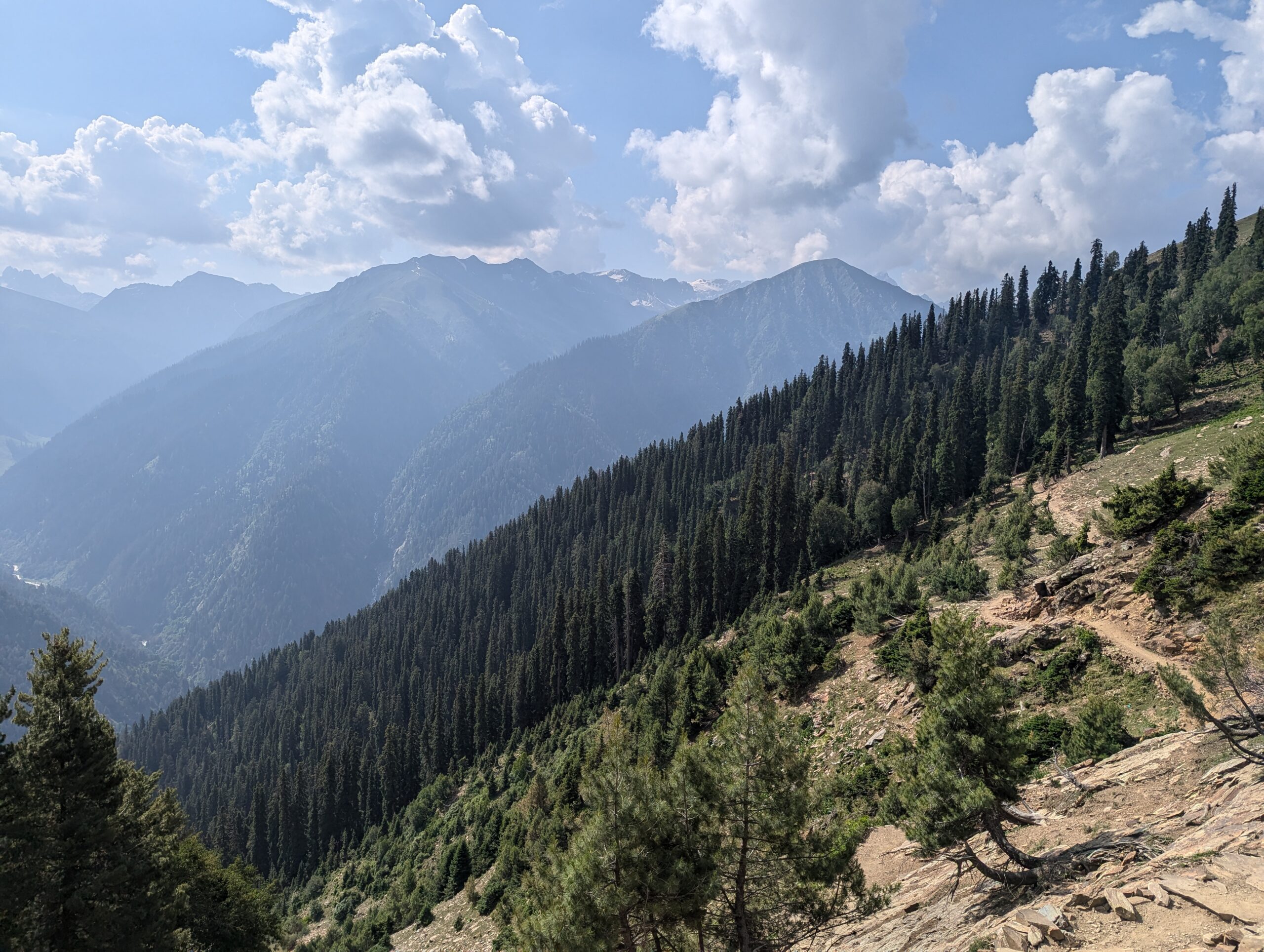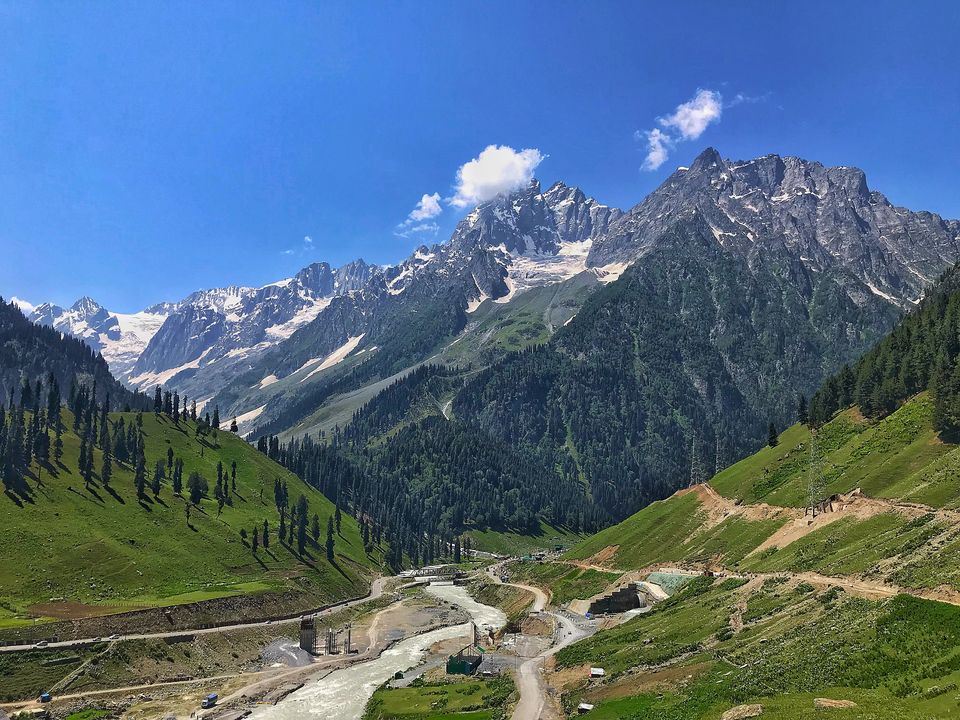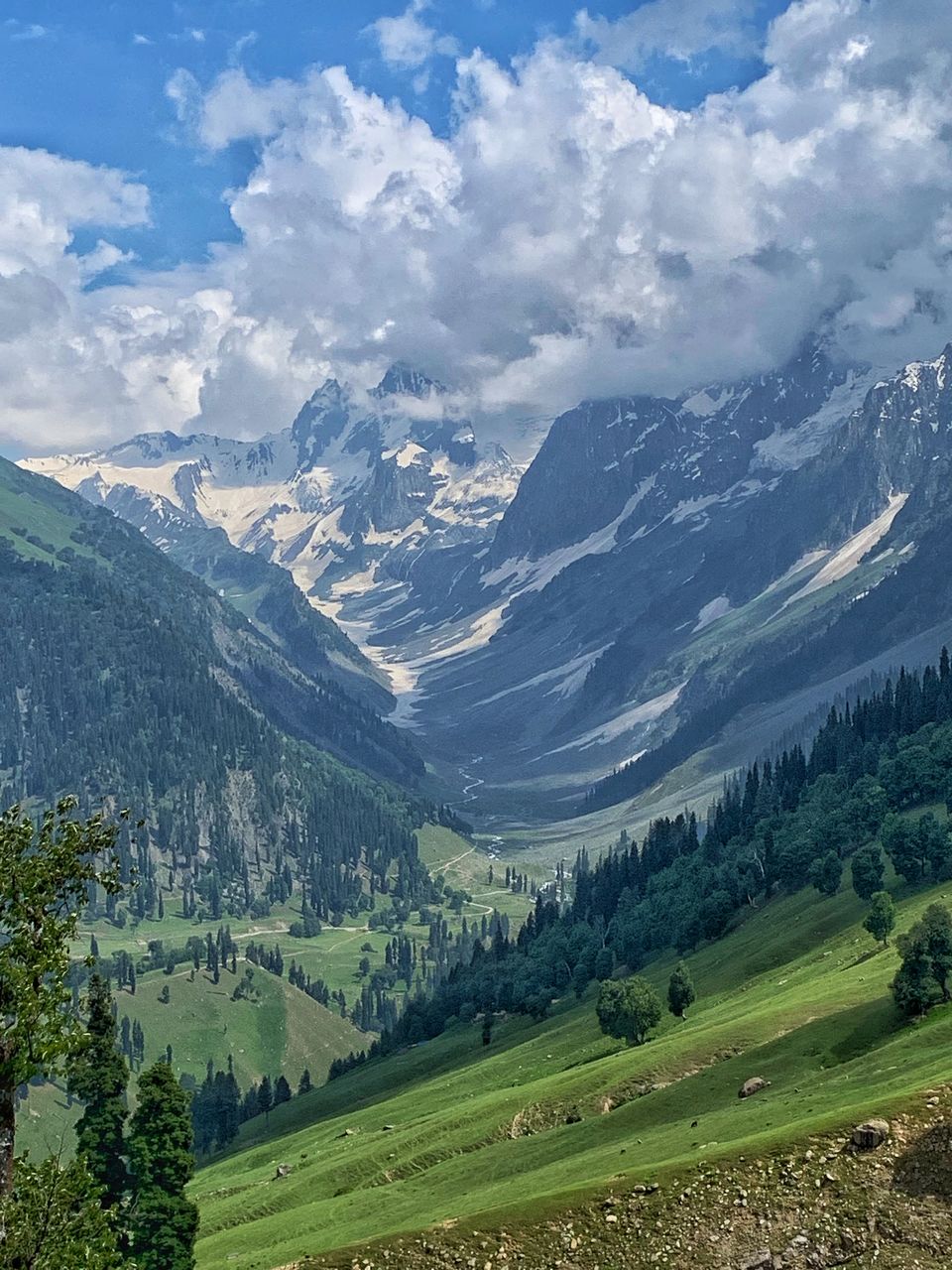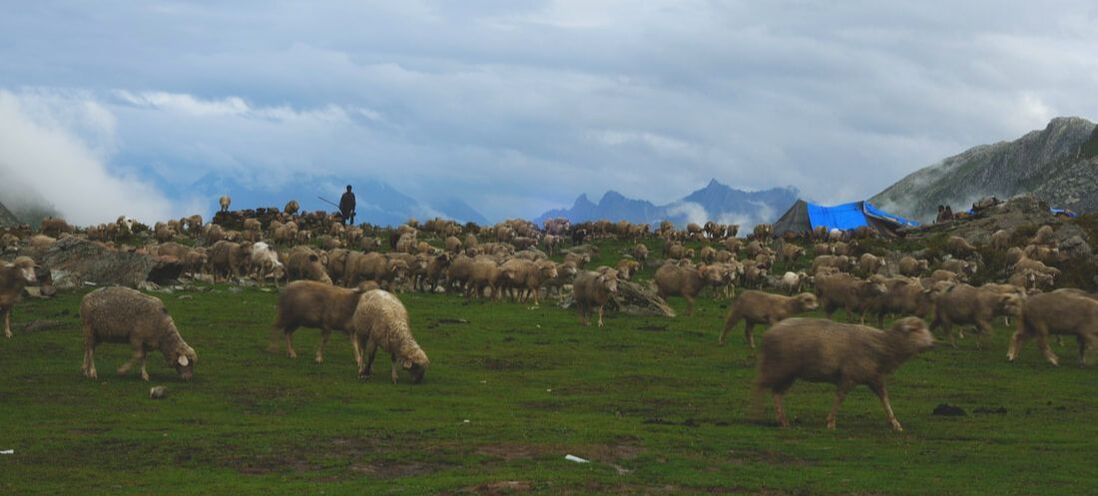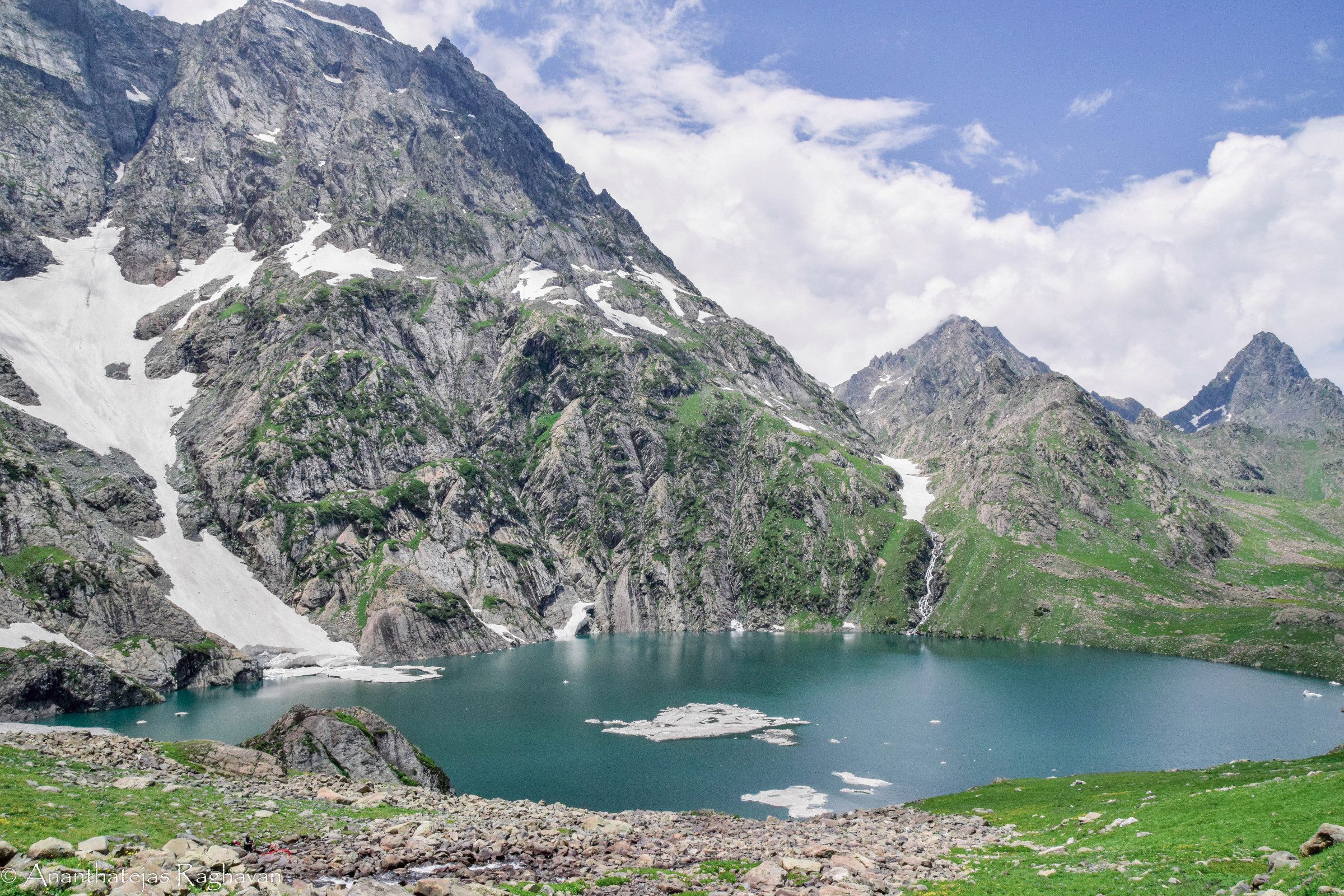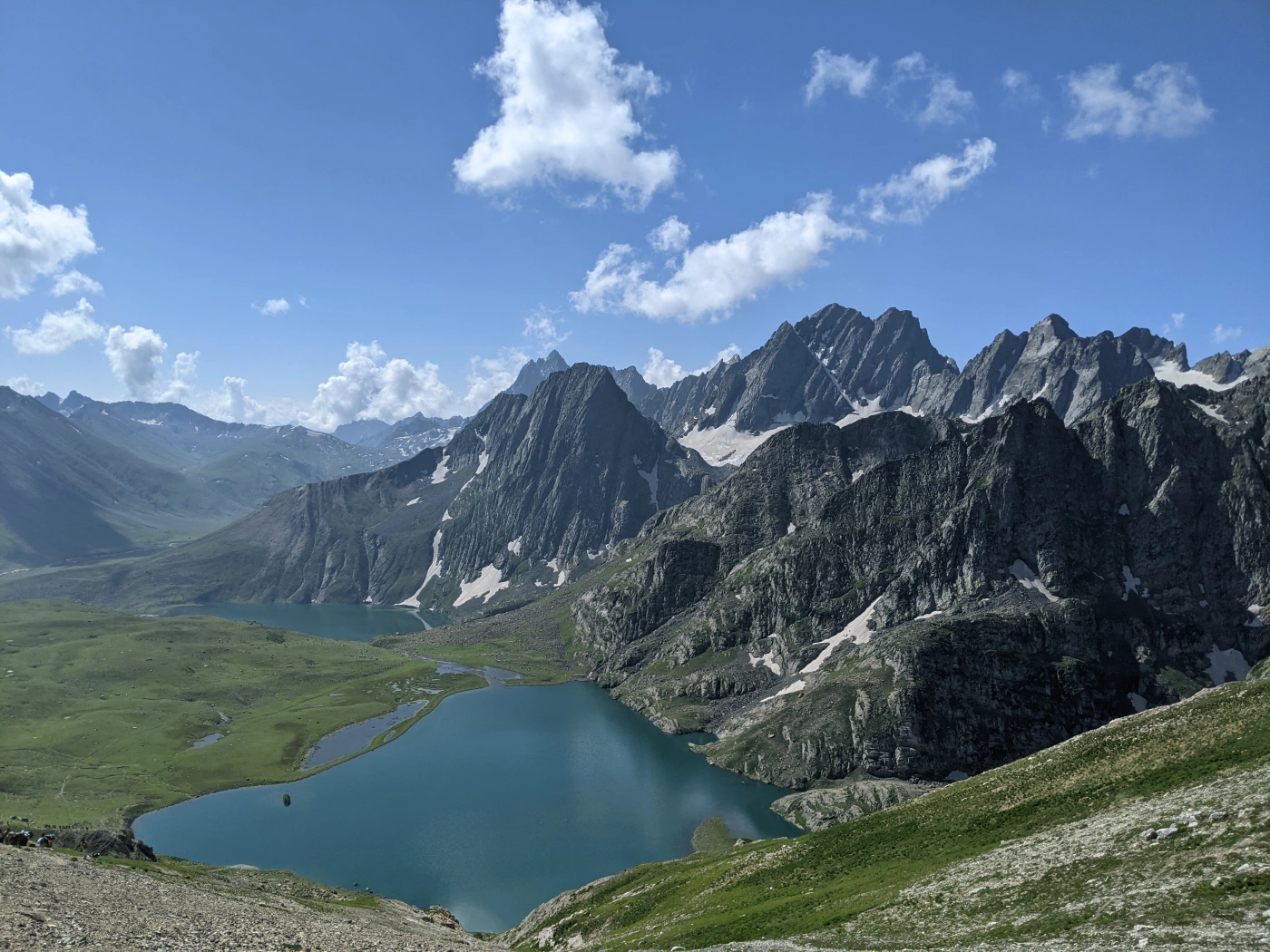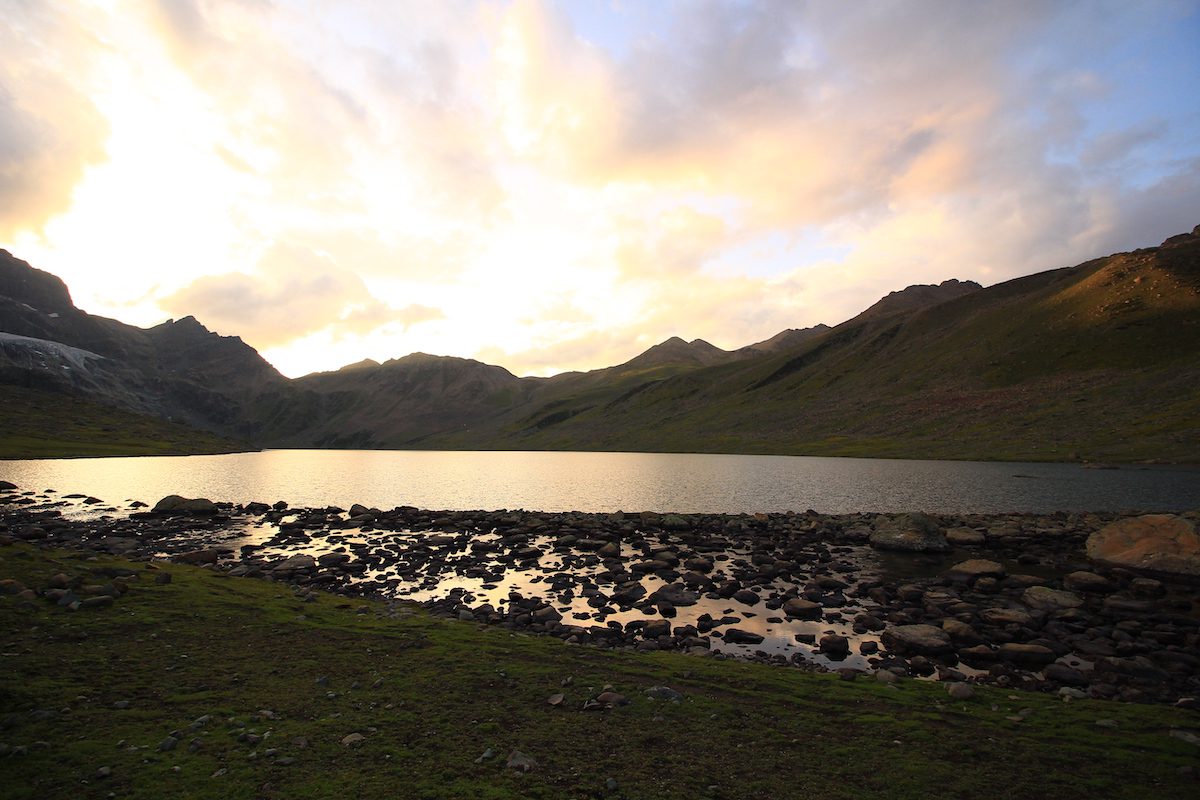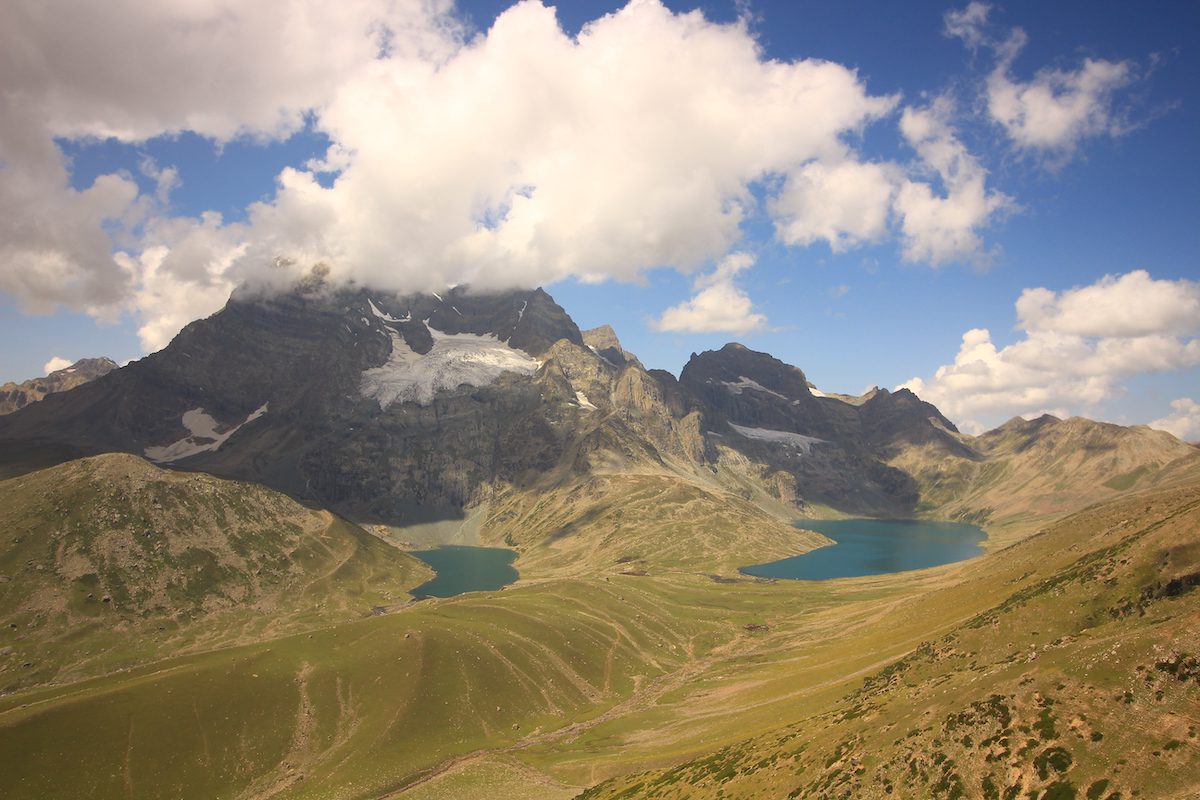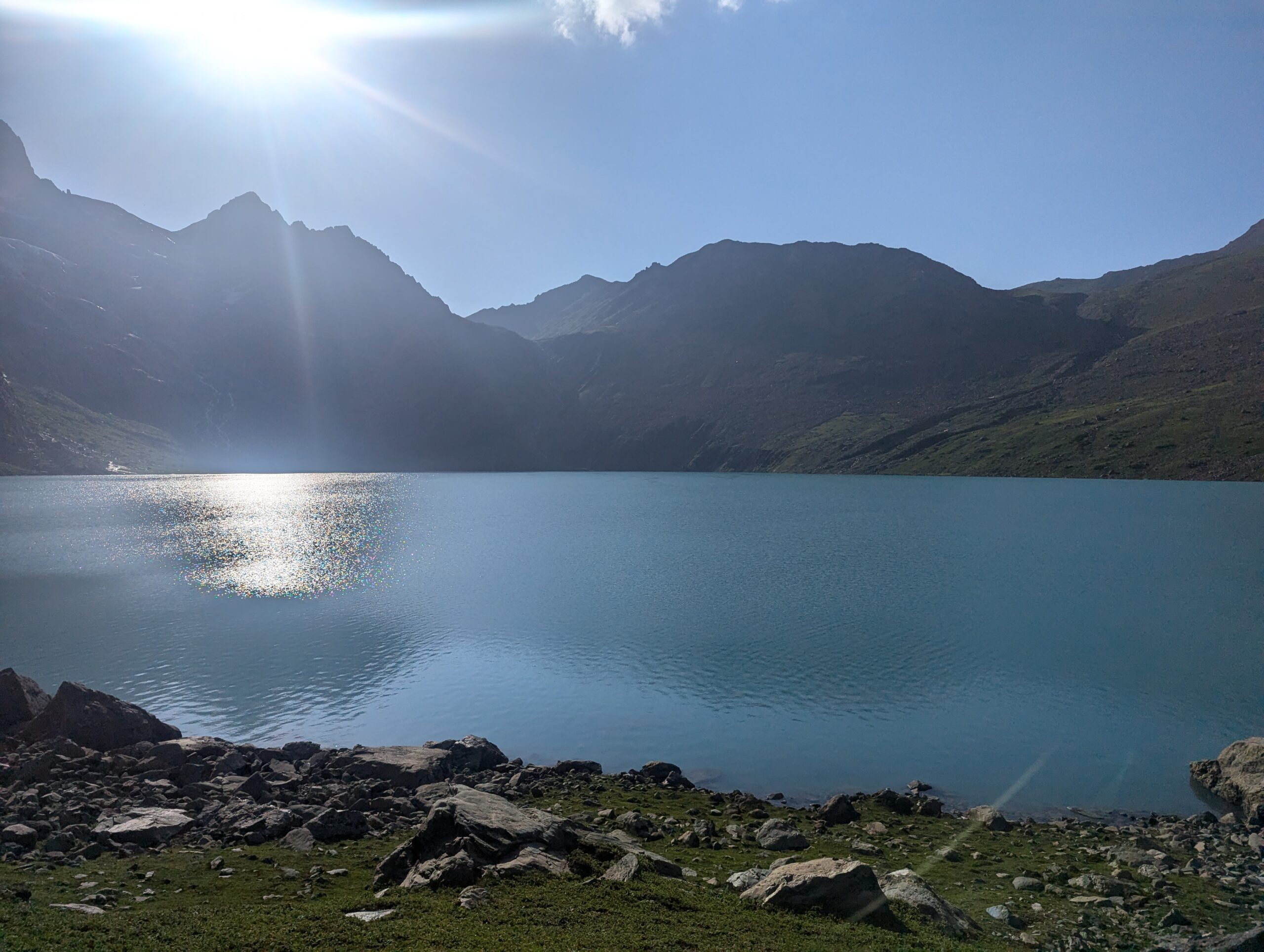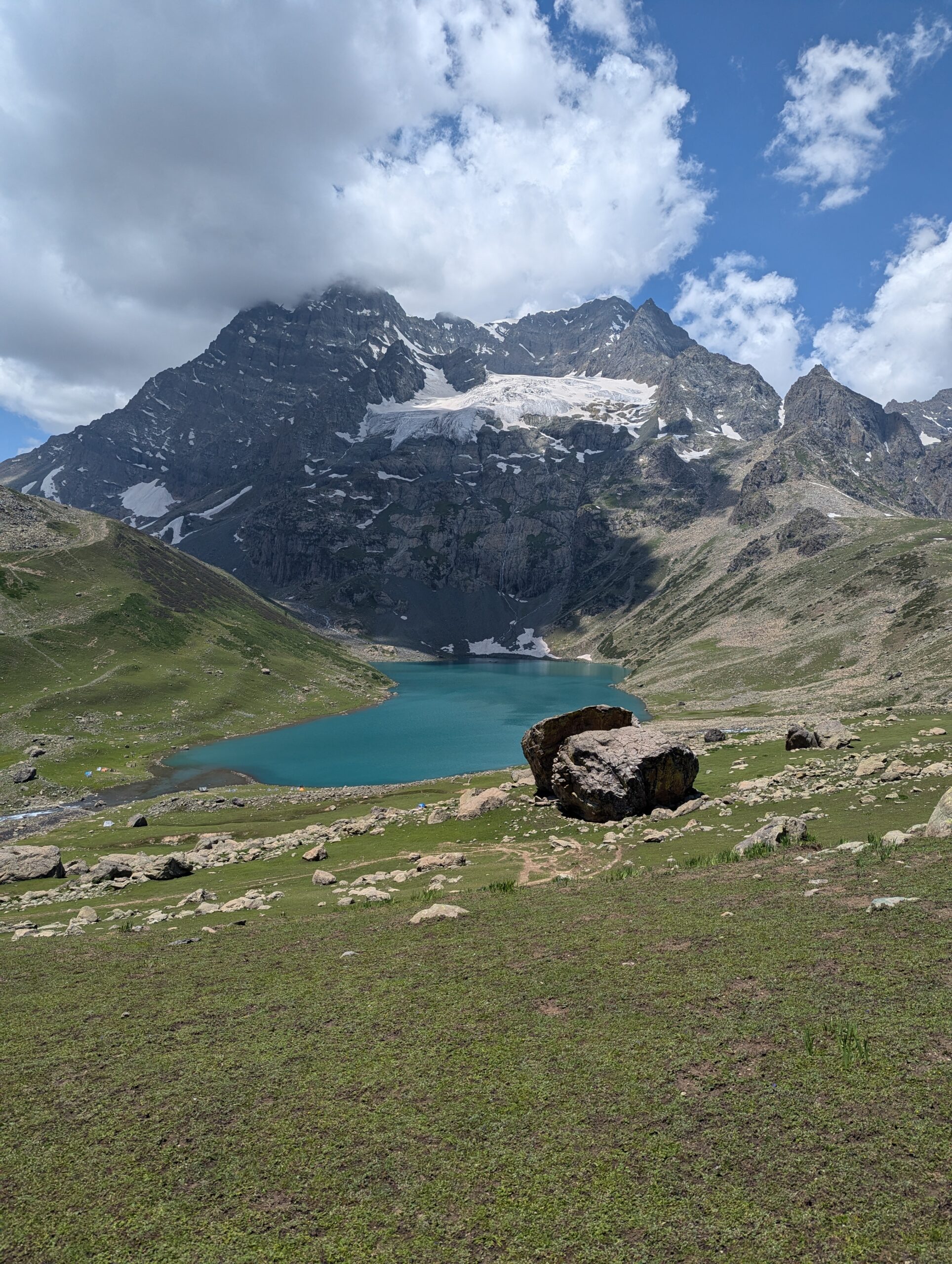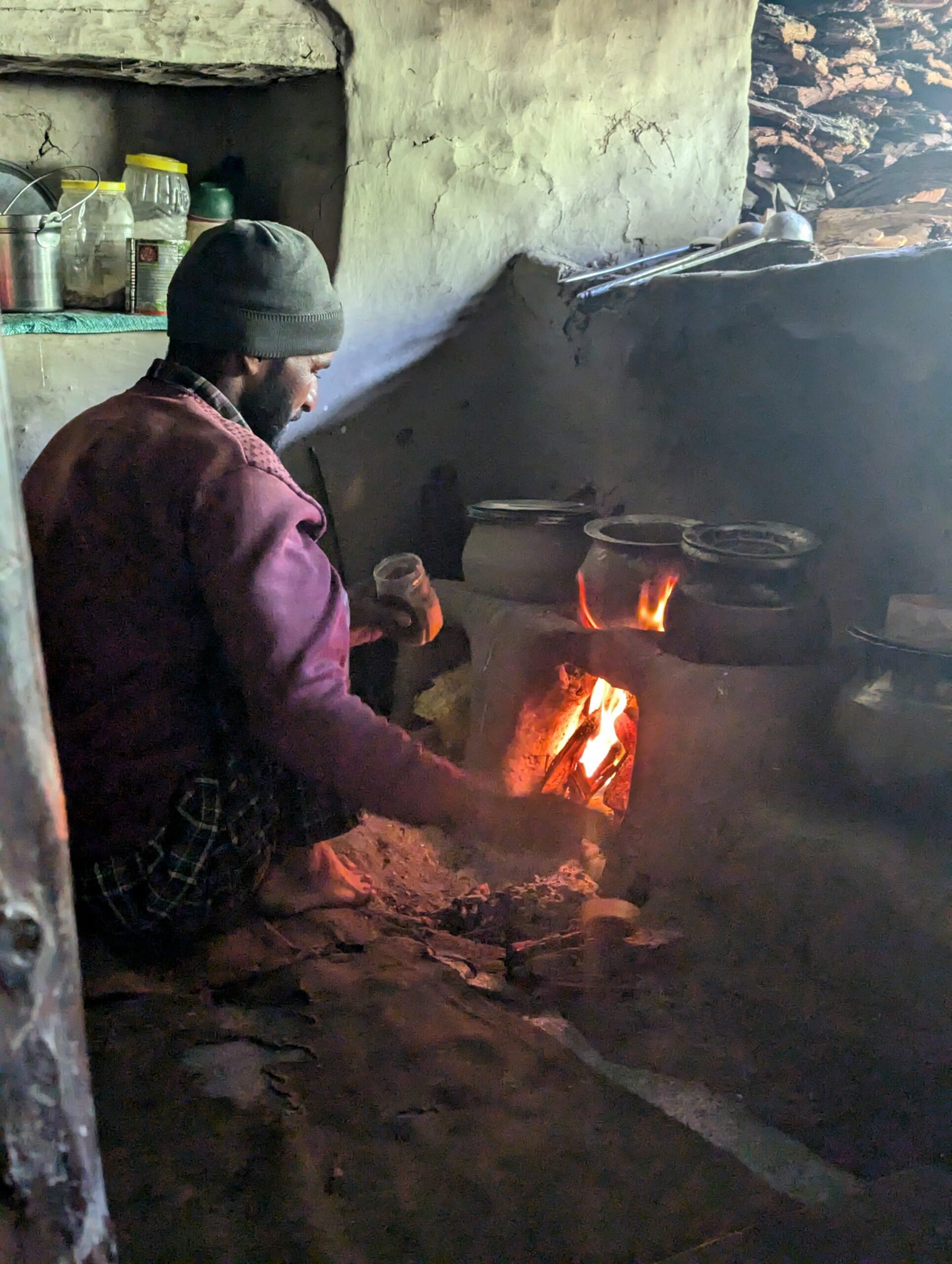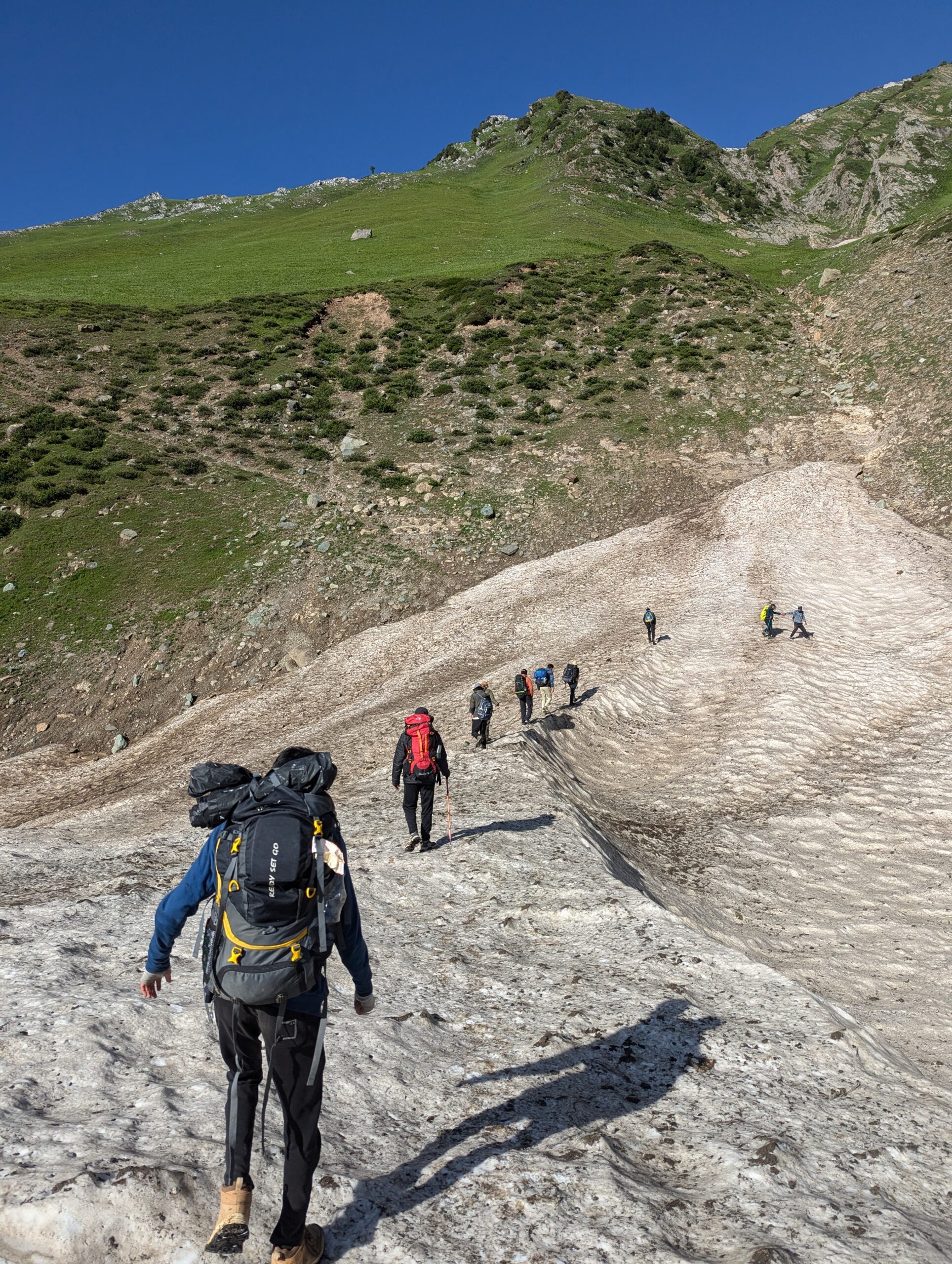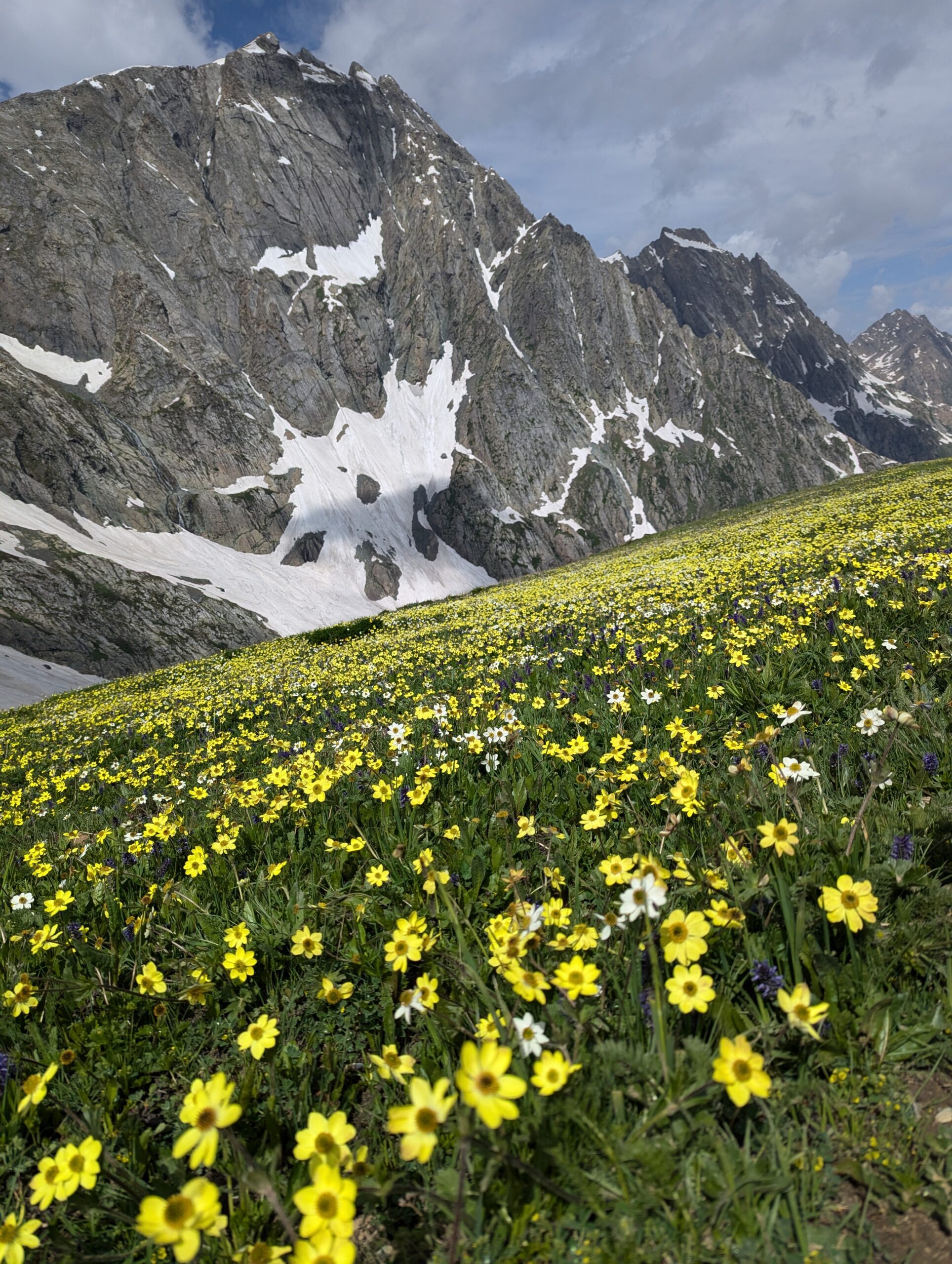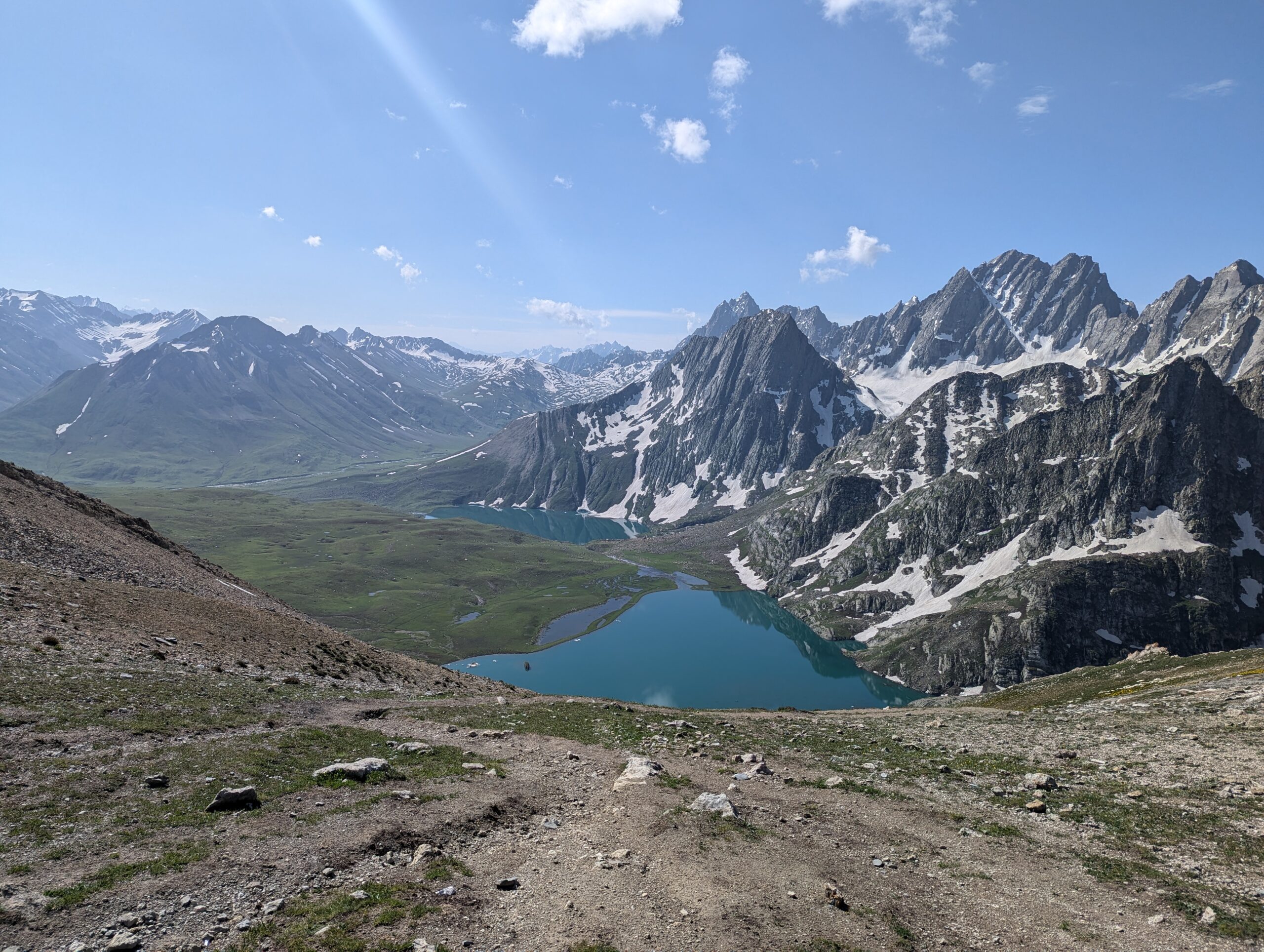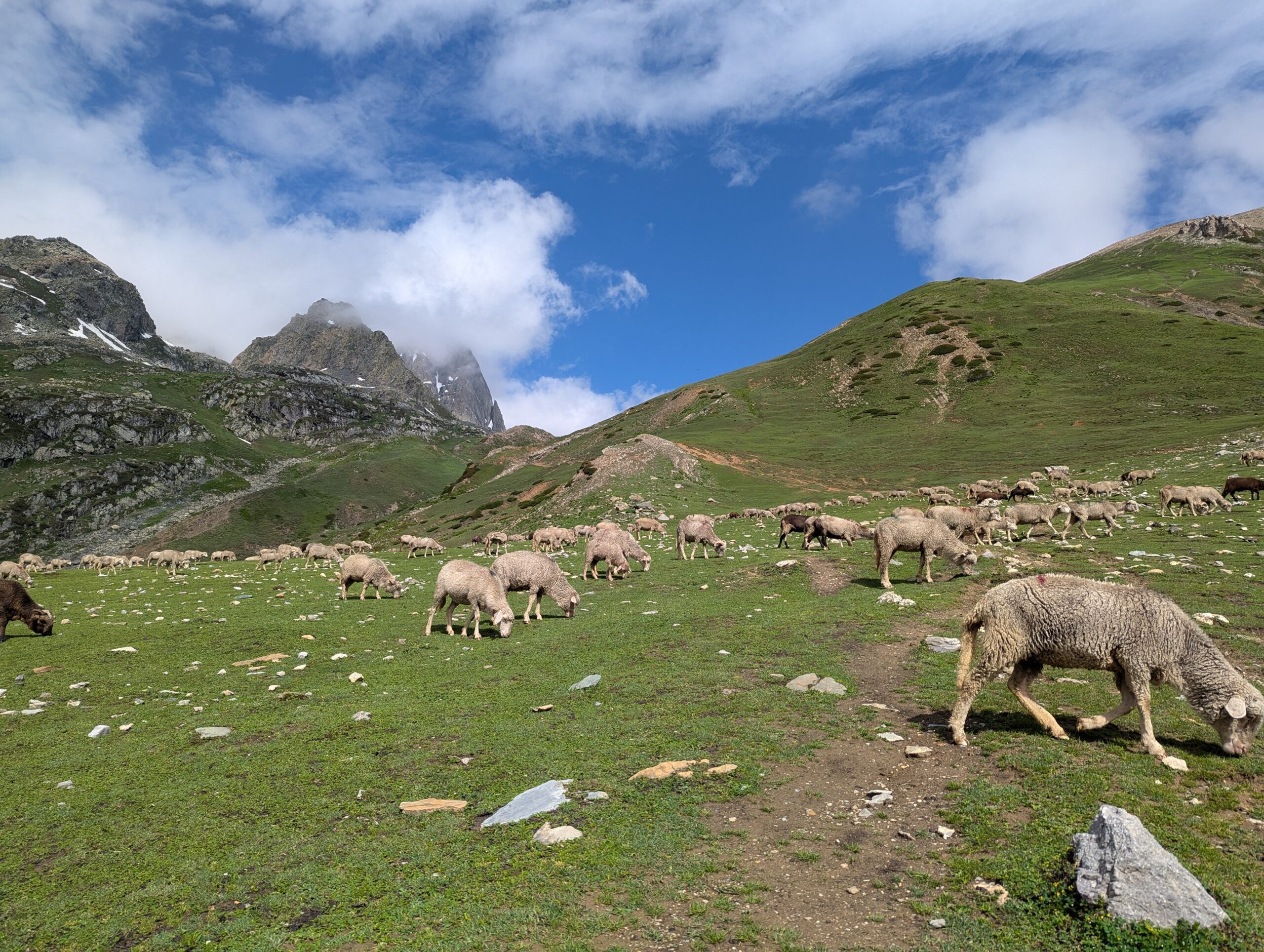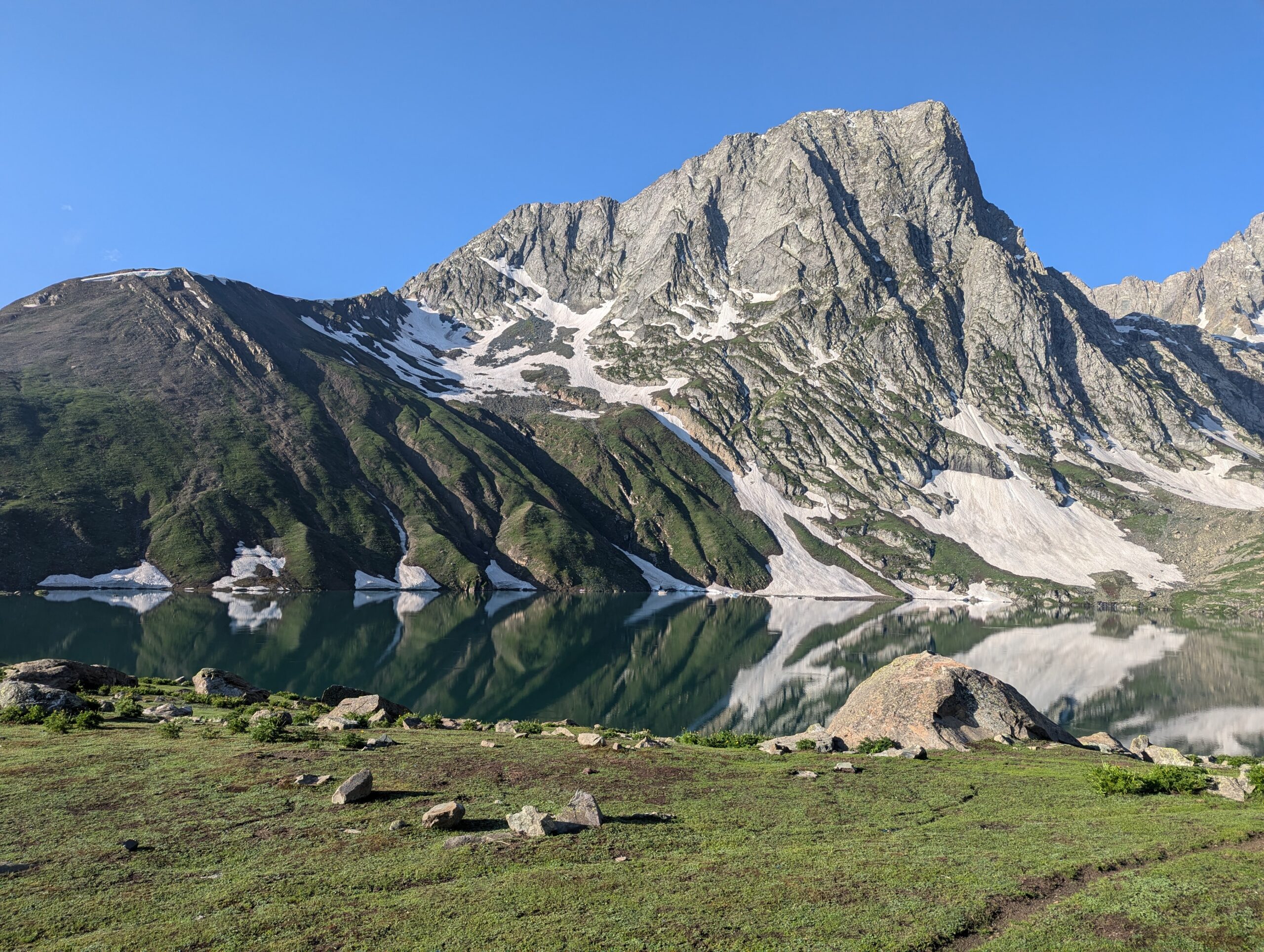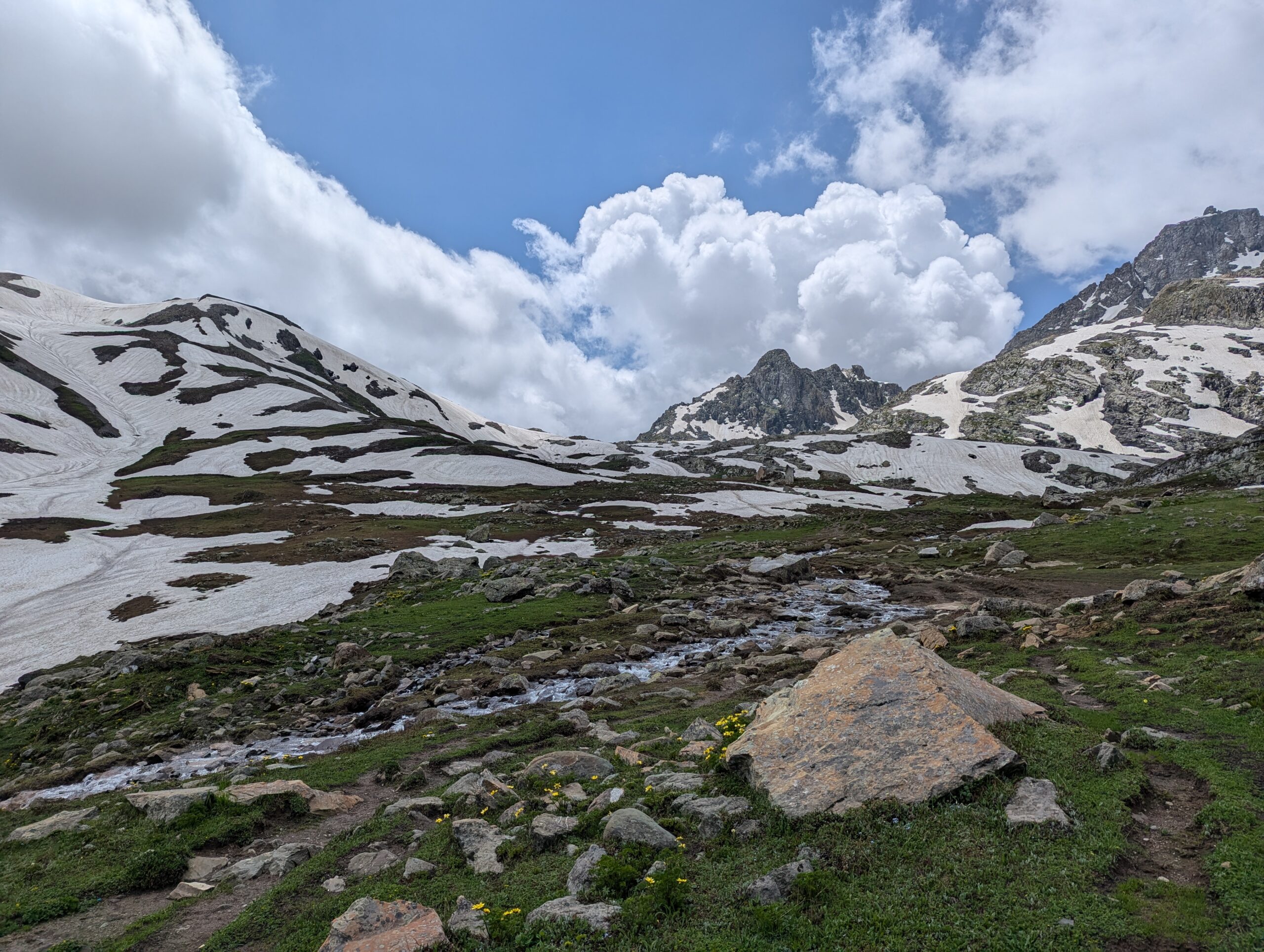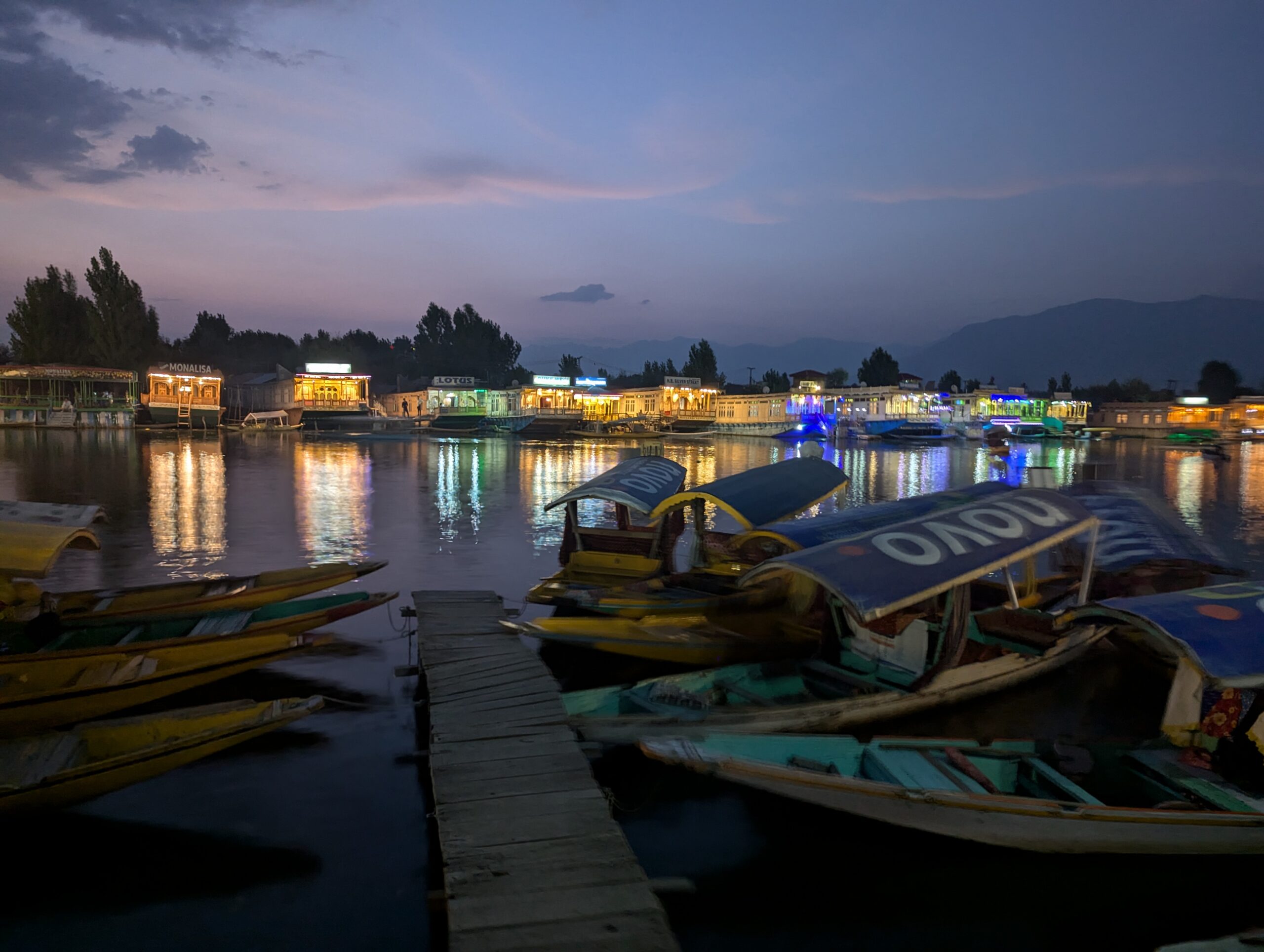Kashmir Great Lakes Trek
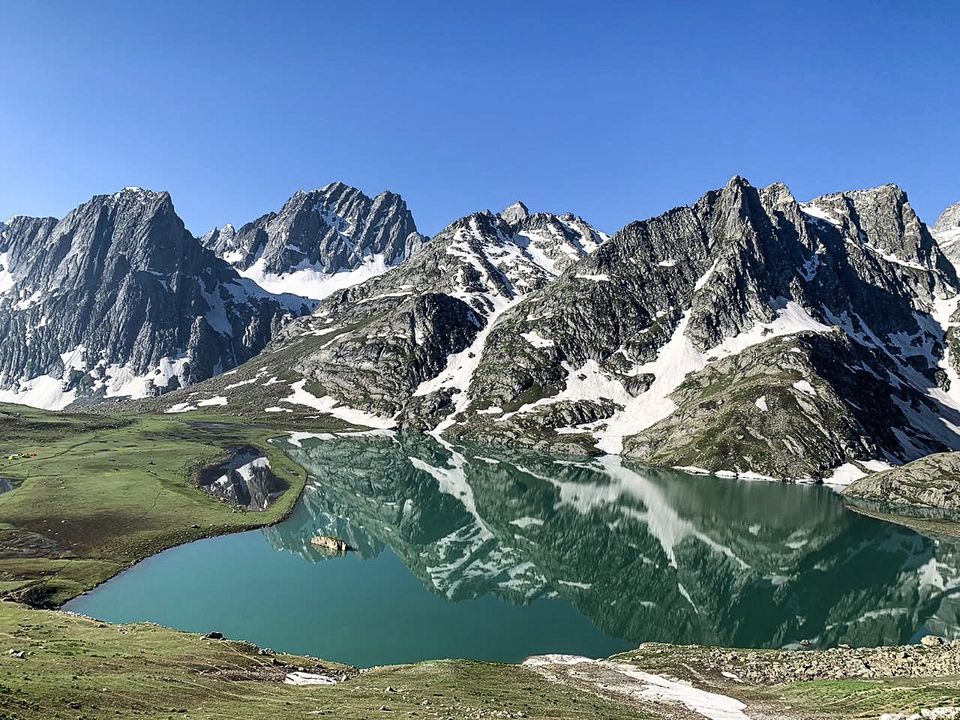
Description
Upcoming Group Treks: 27th July to 2nd Aug 2025
Considered one of India’s most renowned treks, the Kashmir Great Lakes trek offers an unforgettable experience. This trek from Sonmarg to Naranag, is an amazing journey that takes you through a landscape filled with breathtaking vistas of vast meadows and seven enchanting alpine lakes.
This moderate+ trek presents a series of challenges. As you conquer three passes—Zaj, Nichnai, and Gadsar—and traverse the majestic Pir Panjal, Karakorum, and Zanskar Himalayan ranges, covering a distance of 74 km, you will be amply rewarded with awe-inspiring views all along the way.
The best time for this adventure is between July and September when it coincides with the off-season for trekking in most parts of the country. The categorization as a ‘moderate difficulty level’ trek is due to long distances covered on some days, rapid altitude gain, and rocky patches along the trail.
Immerse yourself in the beauty of nature as you explore the wonders of the Great Lakes Trek. This trek promises an experience that will leave an everlasting mark on your soul.
Note that the trip cost includes all the necessary arrangements from Srinagar to Srinagar in order to make it a hassle-free trek for our guests.
Itinerary
- Day 1Srinagar to Sonmarg by road (80 km, 3 hours)
- Day 2Trek from Shitkadi (2700 m) to Nichinai (3600 m), 11 km, 5 to 6 hours
- Day 3Trek from Nichnai (3600 m) to Vishansar (4000 m) via Nichnai Pass, 13 km, 6 hours
- Day 4Trek from Vishnusar (4000 m) to Gadsar (3800 m) via Gadsar Pass (4200 m), 16 km, 8 hours
- Day 5Trek from Gadsar (3800 m) to Satsar (3650 m), 12 km, 6 hours
- Day 6Trek from Satsar (3650 m) to Gangabal lake (3500 m) via Zaj Pass (4175 m), 9 km, 6 hours
- Day 7Trek from Gangabal (3500 m) to Naranag (2250 m), 13 km, 6 hours. 50 km, 2-hour drive to Srinagar
Inclusions
- 5 nights in comfortable tents on double sharing basis
- 1 night in a comfortable resort in Sonmarg
- Ground transport from Srinagar to Sonmarg, and from Naranag to Srinagar by Toyota Innova
- All meals starting with dinner on Day 1 to lunch on Day 7
- Porterage – 1 bag weighing not more than 12 kg per person
- Guide charges
FAQ
By what time should we reach Srinagar on Day 1?
Please plan to reach Srinagar by 11 am.
What kind of luggage can we get on this trip?
Please pack your luggage only in a backpack or a duffel bag as they will be carried on mules.
What will the weather be like in July/Aug?
High temps of about 20 C and lows of around 5 to 10 C. Minimal rainfall.
What is the total distance we will cover on this trek?
The total trekking distance is around 74 km.
Will there be proper toilets in all places?
We will fix toilet tents at all campsites; there are no proper toilets anywhere. A western toilet seat will also be available.
My children are younger than 10 yrs. Will they be able to do this trek?
The recommended minimum age for doing this trek is 10 yrs. However you are the best judge. If your child is physically active and is used to walking long distances, he or she should be able to do it. Adequate preparation is necessary though.
What kind of preparation do you recommend?
Brisk walking – at least 5 km, 3 or 4 times a week, preferably on hilly terrain. Stair-climbing – at least 25 minutes of climbing up and down stairs everyday is highly recommended (start with 5 min of stair-climbing and gradually increase the duration). Also, focus on lower body strengthening when you work out in the gym. Do consult your doctor if you experience any unusual pain while exercising.
Are laundry facilities available?
No laundry facilities are available anywhere during the trek.
Are trekking shoes mandatory for this trek?
Yes, you will need proper trekking shoes. Choose a model that has ankle support and good soles. Trekking with sport shoes is not recommended on this trip. Please buy them as soon as you register for the trek and break them in.
Is mobile connectivity available throughout the trek?
As of 2024, you will have some connectivity on the second day at Nichnai pass and on the last day while trekking from Nandkul to Naranag. Jio postpaid and BSNL have the best coverage in these areas. Pre-paid connections don’t work in J&K.
Do we have to carry our own luggage while trekking?
No, you will only need to carry a day pack in order to carry some water, short-eats, personal medicines, etc. Your main luggage will be transported to the destination on mules.
Do any of the campsites have electricity?
There will be no electricity at any of the campsites. We will use solar lights in common areas such as the kitchen and dining tents.
Is water safe to drink in these places?
Drinking water will be available everywhere during the trek. However, it’s better to carry personal water purifiers (Aquaguard and LifeStraw are two popular brands available online). Alternatively, you can get water purification tablets available in the market
What are the other things to pack for the trek?
We will send you a trek checklist separately.
How will people be evacuated in case of an emergency?
Ponies will be used in case somebody needs to be evacuated. Please note that there are Indian Army stations at almost all the campsites; they will help in extreme situations. Also note that our team is not allowed to carry walkie-talkies on this trek.




